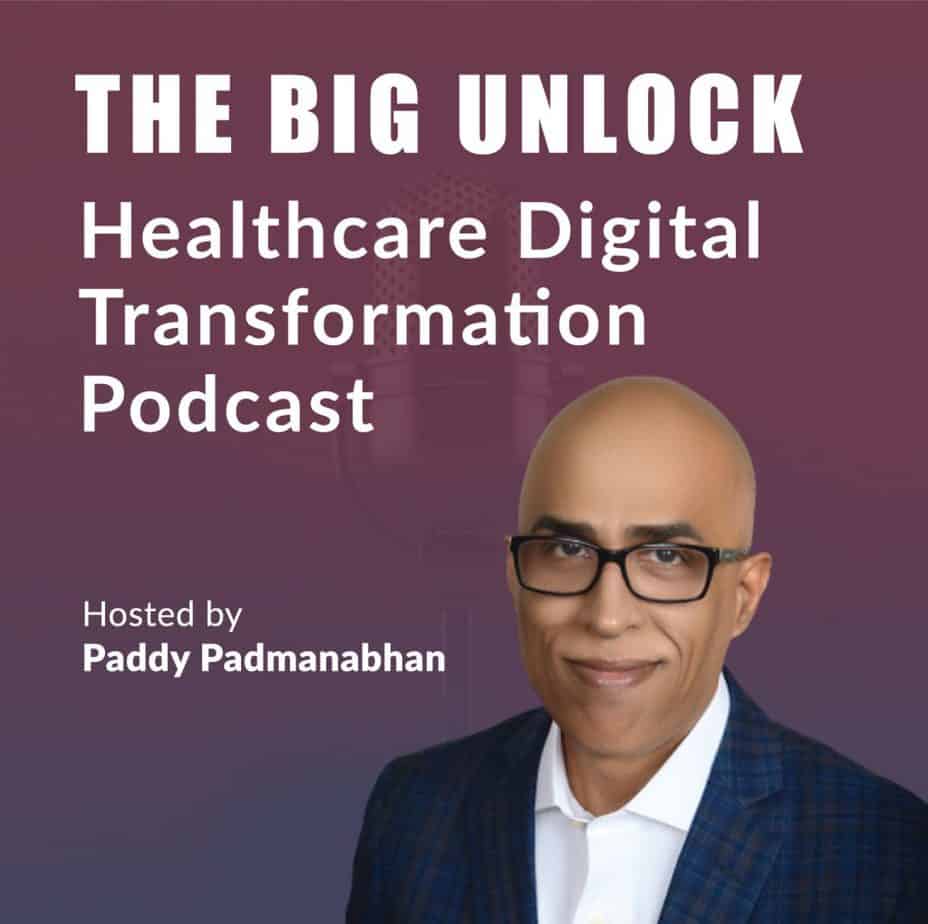Q: You bring a unique perspective to your role as the CIO. Can you share some of the unique needs of an entity like Sentara? Many would refer to it as a payvider network, a payer and a provider). And from your perspective, how do these drive your technology priorities as a CIO?
Timothy: I experienced this concept — of trying to create value-based contracting and care and building incentives to drive that collaboration where there’s the same incentive for the insurer and the care deliverer to provide the best outcome and the most affordable, accessible care for the end consumer — on the payer side. It shouldn’t be different — a different incentive or a different goal — just because I’m a payer versus I’m a provider.
What we found was that — when we were just in the payer space and trying to get providers to focus on that value-based care and sign-up to some level of risk, which health insurance companies have been doing all their life – it was a very difficult and new concept to grab hold of, as a physician and a care provider on the other side.
There’s a trust-based partnership that must work towards getting the best outcomes. You’re not trying to win on either side, but provide what is the best, most affordable, accessible services that benefit both sides of that equation. Even though I was part of a large payer, trying to get providers to be engaged or forced into that was difficult because trust levels weren’t too high. I thought, “OK, I’ll come here, and we’ll own our providers and the health plan. It’s natural that they’re doing this value-based and trust and that’s happening.”
But there are a couple of different things, such as, being fair, adhering to compliance and regulatory norms that prevent some of that interaction from achieving the depths, they could otherwise have. A lot of it is, once again, their incentive, in their own kind of tower around certain goals to deliver for the organization, as opposed to bringing this in and looking at the overall goal and how that coordination can work better in our microcosm.
Theoretically, I’m supporting all the technology, data, and analytics needs across sides, so, I should have that visibility and unite that. That’s part of the goal and how we measure success, here. To see that come together better and then, take that beyond to say, “How do our hospitals and providers also interact in that value-based way with payers that we don’t own?” We’re not part of these other broader systems’ drive because in our regions, there are plenty of other payers that have many more members. We serve for our care delivery than our own health plans, so, we want to be able to do that, take those lessons and scale those across our entire ecosystem of external payers, as well.











